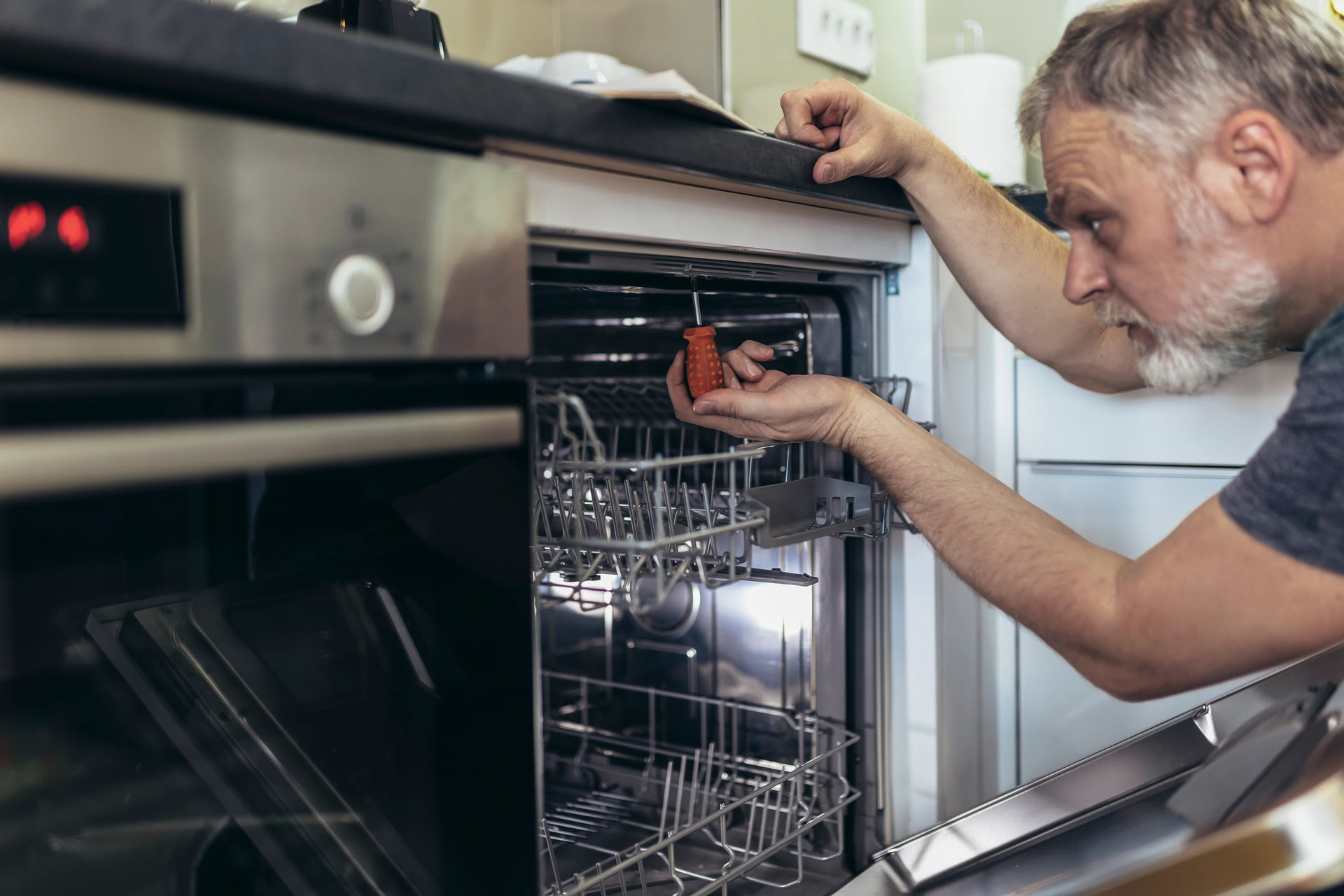

Articles
How To Install Frigidaire Dishwasher
Modified: August 30, 2024
Learn step-by-step how to install a Frigidaire dishwasher with our informative articles. Gain expert knowledge and complete the installation hassle-free.
(Many of the links in this article redirect to a specific reviewed product. Your purchase of these products through affiliate links helps to generate commission for Storables.com, at no extra cost. Learn more)
Introduction
Welcome to our step-by-step guide on how to install a Frigidaire dishwasher. Upgrading to a new dishwasher not only adds convenience to your kitchen routine, but it can also improve the overall efficiency of your dishwashing process. Frigidaire dishwashers are known for their exceptional performance and durability, making them a popular choice among homeowners.
Before we dive into the installation process, it’s essential to gather all the necessary tools and materials. You’ll need a screwdriver, adjustable wrench, pliers, pipe tape, electrical tape, and safety glasses. It’s also crucial to refer to the Frigidaire dishwasher’s installation manual for model-specific instructions.
Safety should be your top priority during the installation process. Make sure to turn off the power supply to the dishwasher at the circuit breaker and shut off the water supply to avoid any accidents.
Now that we have the basics covered, let’s move on to the step-by-step process of installing your Frigidaire dishwasher.
Key Takeaways:
- Upgrade to a new Frigidaire dishwasher for convenience and efficiency in your kitchen. Prioritize safety, follow the step-by-step guide, and enjoy hassle-free installation.
- Prepare, position, and secure your new Frigidaire dishwasher for optimal performance. Test the installation to ensure functionality and enjoy the convenience it brings to your kitchen routine.
Read more: How To Use A Frigidaire Dishwasher
Step 1: Preparing for Installation
Before you start the installation process, it’s crucial to prepare your kitchen space appropriately. Follow these steps to ensure a smooth installation:
- Clear the area: Remove any objects or items from the area surrounding the dishwasher. Clearing the space will provide you with enough room to work comfortably during the installation.
- Measure the space: Measure the height, width, and depth of the cabinet opening where you plan to install the dishwasher. It’s important to ensure that the new Frigidaire dishwasher will fit seamlessly into the designated space.
- Level the floor: Check if the floor beneath the dishwasher is level. If not, use shims to level it out. A level floor is essential for proper installation and optimal performance of the dishwasher.
- Prepare the water supply: Locate the water supply valve under the sink or in the basement. Ensure that the water supply valve is in good condition and can be easily turned on and off.
- Inspect the electrical wiring: Examine the electrical wiring connections and make sure they are in proper working condition. If necessary, consult an electrician to ensure that the electrical circuit meets the requirements for the new dishwasher.
- Review the installation manual: Familiarize yourself with the Frigidaire dishwasher’s installation manual. It contains important information specific to your model, including any additional steps or precautions that need to be followed.
By following these preparation steps, you’ll be well-equipped and ready to move forward with the installation process. Taking the time to prepare the space and gather all the necessary information will contribute to a successful and hassle-free installation of your new Frigidaire dishwasher.
Step 2: Removing the Old Dishwasher
Now that you’ve prepared the space, it’s time to remove the old dishwasher. Follow these steps to safely remove the old unit:
- Disconnect the power: Start by turning off the power supply to the dishwasher at the circuit breaker. This will prevent any electrical accidents during the removal process.
- Shut off the water supply: Locate the water supply valve under the sink and turn it off. This will prevent water leakage during the removal.
- Prepare a towel or bucket: Place a towel or bucket beneath the dishwasher to catch any excess water that may be present in the water supply line or drain hose.
- Remove the base panel: If your dishwasher has a base panel, unscrew it or use a screwdriver to remove it. This will grant you access to the dishwasher’s connections.
- Disconnect the water supply line: Use pliers or an adjustable wrench to loosen and disconnect the water supply line from the dishwasher. Be prepared for some water to spill, so ensure the towel or bucket is in place.
- Disconnect the drain hose: Disconnect the drain hose from the sink’s drain or garbage disposal. Be cautious of any remaining water in the hose and drain it into the towel or bucket.
- Disconnect the electrical wiring: Carefully remove the wire nuts or electrical tape securing the wires of the dishwasher’s electrical connection. Once disconnected, place electrical tape over the exposed wires to prevent any contact.
- Remove the mounting brackets: Most dishwashers are secured in place with mounting brackets. Use a screwdriver to unscrew and loosen the mounting brackets, allowing you to lift the dishwasher out of its position.
- Old dishwasher removal: With the mounting brackets released, carefully pull the dishwasher forward, taking care not to damage the floor or surrounding cabinets. Once free, carefully lift the dishwasher out of its place and set it aside.
By following these steps, you’ll be able to safely and efficiently remove the old dishwasher, clearing the way for the installation of your new Frigidaire dishwasher. Remember to dispose of the old unit responsibly, following local guidelines for appliance disposal.
Step 3: Positioning the New Dishwasher
Now that you have successfully removed the old dishwasher, it’s time to position the new Frigidaire dishwasher. Follow these steps to ensure proper positioning:
- Inspect the space: Verify that the cabinet opening is clean and free from any debris that may interfere with the installation process.
- Read the manufacturer’s instructions: Consult the installation manual provided by Frigidaire for specific instructions on how to position the dishwasher. The manual will typically include measurements for the required clearance space and guidelines on aligning the dishwasher with the countertop.
- Align the dishwasher: Position the dishwasher in the designated area, ensuring that it aligns properly with the surrounding cabinets. Use a level to check the alignment and make necessary adjustments by adjusting the front leveling legs.
- Check the clearance space: Verify that there is enough clearance between the dishwasher and adjacent cabinets, walls, or fixtures. This ensures that the dishwasher door can be opened and closed without obstruction.
- Secure the dishwasher: Once properly aligned, use mounting brackets or screws to secure the dishwasher to the underside of the countertop or cabinet. Refer to the manufacturer’s instructions for the recommended method of securing the dishwasher.
- Confirm stability: Gently rock the dishwasher back and forth to ensure it is firmly in place and stable. If it wobbles or feels unstable, adjust the leveling legs until the dishwasher sits securely.
- Double-check alignment: Take a final look at the dishwasher’s positioning to ensure it is parallel to the adjacent cabinets and aligned with the countertop. This will ensure a seamless integration with your kitchen’s aesthetics.
By following these steps, you will successfully position your new Frigidaire dishwasher in its designated space. Taking the time to align and secure the dishwasher properly will contribute to its optimal performance and longevity.
Step 4: Connecting the Water Supply
Now that the new Frigidaire dishwasher is in position, it’s time to connect the water supply. Follow these steps to ensure a proper and secure connection:
- Locate the water supply valve: Under the sink, find the hot water supply valve. It should be connected to the faucet or directly to the plumbing.
- Prepare the water supply line: Attach a flexible braided stainless steel water supply line to the hot water supply valve. Ensure a tight connection by using an adjustable wrench or pliers but be careful not to overtighten.
- Feed the water supply line: Thread the other end of the water supply line through the designated opening at the back or bottom of the dishwasher, ensuring it is long enough to reach the connection point.
- Connect the water supply line: Fasten the water supply line to the dishwasher’s water inlet. Use pliers or an adjustable wrench to tighten the connection, ensuring a secure fit.
- Check for leaks: Once the water supply line is connected, gradually turn on the water supply valve. Carefully inspect for any leaks around the connections. If you notice any leaks, tighten the connections further or use pipe tape to seal them.
- Turn off the water supply: After checking for leaks, turn off the water supply valve to prevent any potential flooding while the rest of the installation process continues.
By following these steps, you will successfully connect the water supply to your new Frigidaire dishwasher. Ensuring a tight and leak-free connection is essential for the proper functioning of the dishwasher and to prevent any water damage in your kitchen.
Before installing a Frigidaire dishwasher, make sure to measure the space to ensure it fits properly. Also, check the electrical and plumbing connections to ensure they are compatible with the new dishwasher.
Read more: How To Unlock Frigidaire Dishwasher
Step 5: Connecting the Drain Hose
Now that you have connected the water supply, the next step is to connect the drain hose of your Frigidaire dishwasher. Follow these steps to ensure a proper and secure connection:
- Inspect the drain hose: Check the drain hose supplied with your dishwasher for any kinks, twists, or damage. If there are any issues, replace the hose before proceeding.
- Locate the drain pipe: Locate the drain pipe under the sink or near the dishwasher. It is usually connected to the sink’s drain or the garbage disposal.
- Prepare the drain hose: If necessary, cut the drain hose to the appropriate length, making sure it reaches the drain pipe without any tension or excessive slack.
- Connect the drain hose: Slip the end of the dishwasher’s drain hose onto the drain pipe or the dishwasher air gap (if applicable). Use a hose clamp or a zip tie to secure the connection, ensuring it is tight and leak-free.
- Elevate the drain hose: To prevent backflow or siphoning, elevate a section of the drain hose and secure it with a strap or a zip tie. Make sure there is an upward slope to allow for proper drainage.
- Double-check the connections: Once the drain hose is connected, go over the connections to ensure they are secure. Check for any leaks or loose fittings and tighten them if necessary.
Make sure that the drain hose is properly connected and secured. A secure connection is essential for efficient drainage and to prevent any water leaks or backups. Once the drain hose is properly connected, you can proceed to the next step of the installation process with confidence.
Step 6: Wiring the Dishwasher
Now that the water supply and drain hose are connected, it’s time to wire your Frigidaire dishwasher. Follow these steps to ensure proper wiring:
- Turn off the power: As a safety precaution, switch off the power supply to the dishwasher at the circuit breaker.
- Check the electrical connection: Locate the electrical junction box at the back of the dishwasher. It may be covered with a plate or a removable access panel.
- Prepare the electrical wiring: If necessary, strip the insulation from the ends of the wires on both the dishwasher and the electrical supply. Ensure that the wire ends are clean and free from any frayed or damaged sections.
- Connect the wires: Match the corresponding wires on the dishwasher and the electrical supply. Twist the wires together and secure them using wire nuts. Alternatively, use electrical tape to tightly wrap the connections.
- Secure the wiring: Once the wire connections are made, tuck them neatly into the electrical junction box. Use electrical tape to secure any loose wires and prevent them from interfering with other components.
- Close the access panel: If applicable, close the access panel or replace the cover plate on the electrical junction box, ensuring it is securely fastened.
- Turn on the power: Restore the power supply at the circuit breaker. Test the dishwasher by turning it on to ensure that it is receiving power.
It is important to follow all electrical codes and guidelines when wiring your dishwasher. If you are unsure about any aspect of the wiring process, consult a qualified electrician for assistance. Safety should always be the top priority when dealing with electrical connections.
By properly wiring your Frigidaire dishwasher, you ensure that it receives the necessary power to operate efficiently and safely. Once the dishwasher is correctly wired, you can move on to the next step of securing it in place.
Step 7: Securing the Dishwasher
Now that the dishwasher is wired and all the connections are in place, it’s time to secure it to ensure stability during operation. Follow these steps to properly secure your Frigidaire dishwasher:
- Adjust the leveling legs: Use a wrench or pliers to adjust the leveling legs at the front of the dishwasher. Make sure the dishwasher is level both front-to-back and side-to-side.
- Secure the dishwasher to the countertop: Depending on the model of your dishwasher, there may be mounting brackets or screws included. Use a screwdriver or drill to secure the dishwasher to the underside of the countertop. Follow the manufacturer’s instructions for the appropriate method of attachment.
- Attach the dishwasher to the adjacent cabinets: If there are cabinets on one or both sides of the dishwasher, use screws or brackets to secure it to the cabinets. This will provide additional stability and prevent any movement during use.
- Check for stability: Once all the securing steps are complete, gently push on the dishwasher to ensure it is stable and does not rock back and forth. If necessary, adjust the leveling legs or tighten the securing brackets until the dishwasher is stable and firmly in place.
- Inspect the door alignment: Check the alignment of the dishwasher door to ensure it opens and closes smoothly without any obstructions or misalignment. Adjust the leveling legs if needed to achieve proper door alignment.
By securing your Frigidaire dishwasher correctly, you ensure that it remains firmly in place during operation. This helps prevent any potential damage to the unit or surrounding cabinets and maintains the optimal performance of the dishwasher.
Once the dishwasher is properly secured, you are ready to move on to the final step of the installation process.
Step 8: Testing the Installation
With the dishwasher secured in place, it’s time to test the installation and ensure that everything is working as expected. Follow these steps to test the installation of your Frigidaire dishwasher:
- Turn on the water supply: Open the water supply valve to allow water to flow into the dishwasher. Check for any leaks around the water connections and tighten them if necessary.
- Check the drain: Run a test cycle or pour some water into the dishwasher to ensure that the water drains properly through the drain hose without any backups or leaks.
- Turn on the power: Restore the power supply at the circuit breaker to provide electricity to the dishwasher. Ensure that the control panel lights up and the dishwasher is ready for use.
- Run a test cycle: Select a short test cycle on the dishwasher’s control panel and start the cycle. Observe the dishwasher as it goes through the cycle to ensure that it fills with water, washes the dishes, and drains properly.
- Check for any issues: While the test cycle is running, listen for any unusual noises or vibrations that may indicate a problem. Monitor for any leaks or water leakage around the dishwasher.
- Inspect the dishes: After the test cycle is complete, open the dishwasher and inspect the dishes for cleanliness. Ensure that they are thoroughly washed and rinsed, indicating proper operation of the dishwasher.
- Adjust settings if necessary: If you notice any issues during the test cycle, consult the dishwasher’s user manual for instructions on adjusting the settings or troubleshooting common problems.
By following these steps, you can effectively test the installation of your Frigidaire dishwasher and address any potential issues before regular use. If you encounter any persistent problems or concerns, consider reaching out to Frigidaire customer support for further assistance.
Once you are satisfied with the test results, congratulations! You have successfully installed and tested your Frigidaire dishwasher. Enjoy the convenience and efficiency it brings to your kitchen routine!
Read more: How To Start Frigidaire Dishwasher
Conclusion
Congratulations on successfully installing your Frigidaire dishwasher! By following the step-by-step guide outlined in this article, you have taken the necessary steps to ensure a seamless and efficient installation process. Now, you can enjoy the convenience and effectiveness of your new dishwasher in your kitchen.
Throughout the installation process, it was important to prioritize safety by turning off the power and water supply before starting any work. Additionally, carefully following the manufacturer’s instructions and guidelines specific to your Frigidaire dishwasher ensured a proper installation.
From preparing the space and removing the old dishwasher, to positioning the new dishwasher and connecting the water supply and drain hose, each step was vital in creating a functional and reliable installation. Wiring the dishwasher and securing it in place added another layer of stability and durability.
Finally, testing the installation ensured that all the connections were secure, the dishwasher was functioning properly, and the dishes were cleaned effectively. Completing all these steps allowed for a successful installation and peace of mind knowing that your Frigidaire dishwasher is ready for regular use.
Remember to refer to the dishwasher’s user manual for specific maintenance and cleaning instructions to keep your appliance in optimal condition. Regular maintenance and proper care will contribute to the longevity and performance of your Frigidaire dishwasher.
Thank you for taking the time to follow this installation guide. We hope this article has been helpful in simplifying the installation process and providing a comprehensive understanding of how to install your Frigidaire dishwasher. Enjoy the convenience and efficiency it brings to your kitchen, making dishwashing a breeze!
Frequently Asked Questions about How To Install Frigidaire Dishwasher
Was this page helpful?
At Storables.com, we guarantee accurate and reliable information. Our content, validated by Expert Board Contributors, is crafted following stringent Editorial Policies. We're committed to providing you with well-researched, expert-backed insights for all your informational needs.
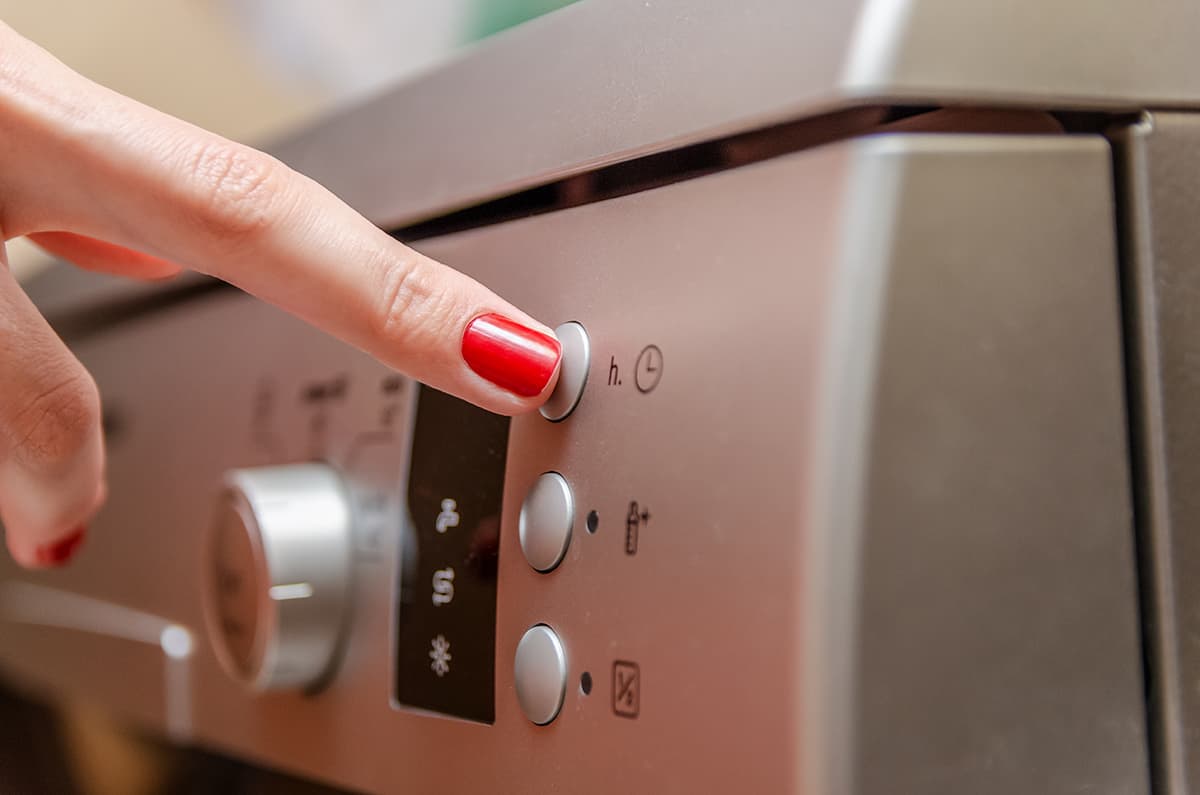
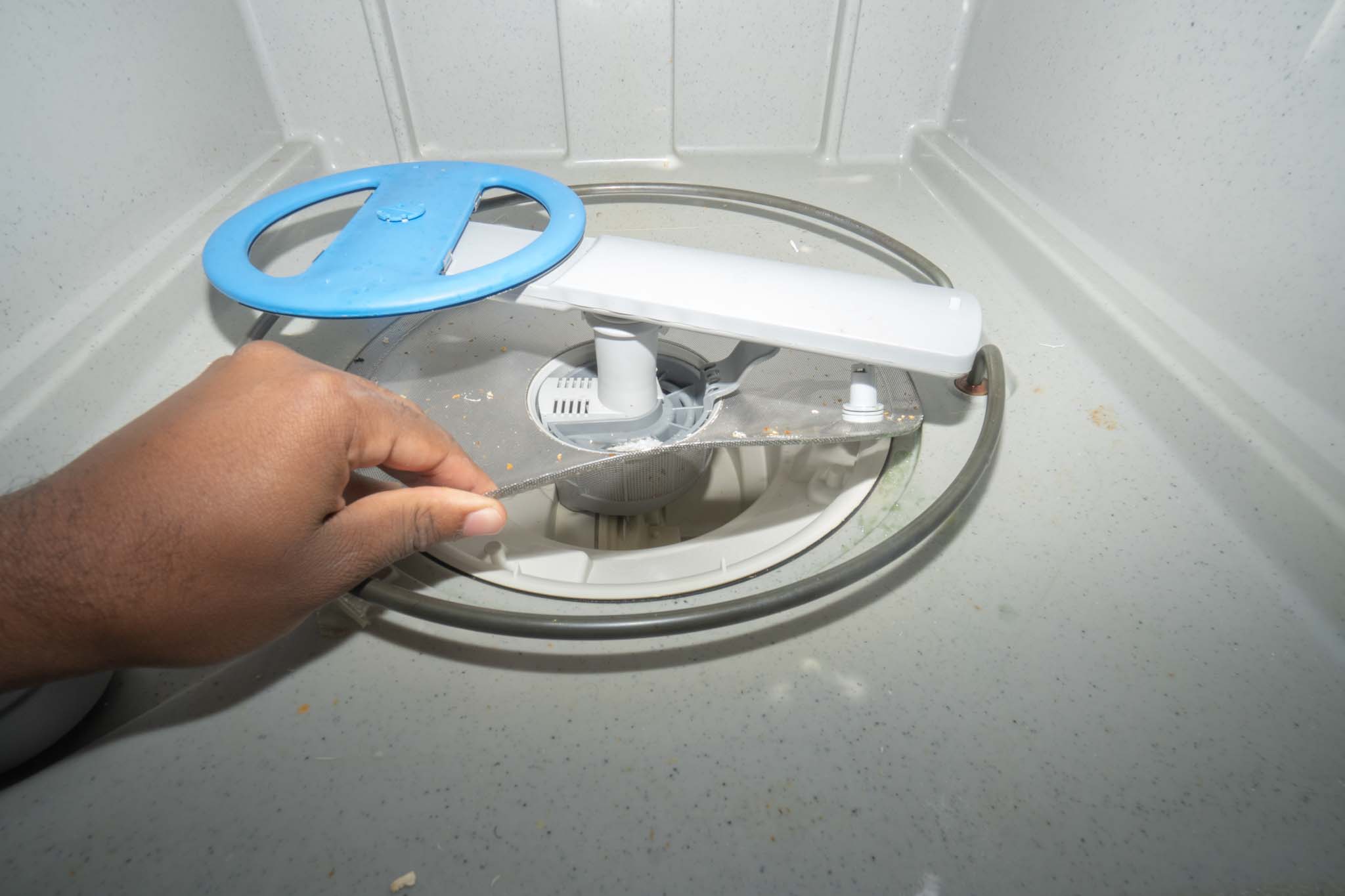
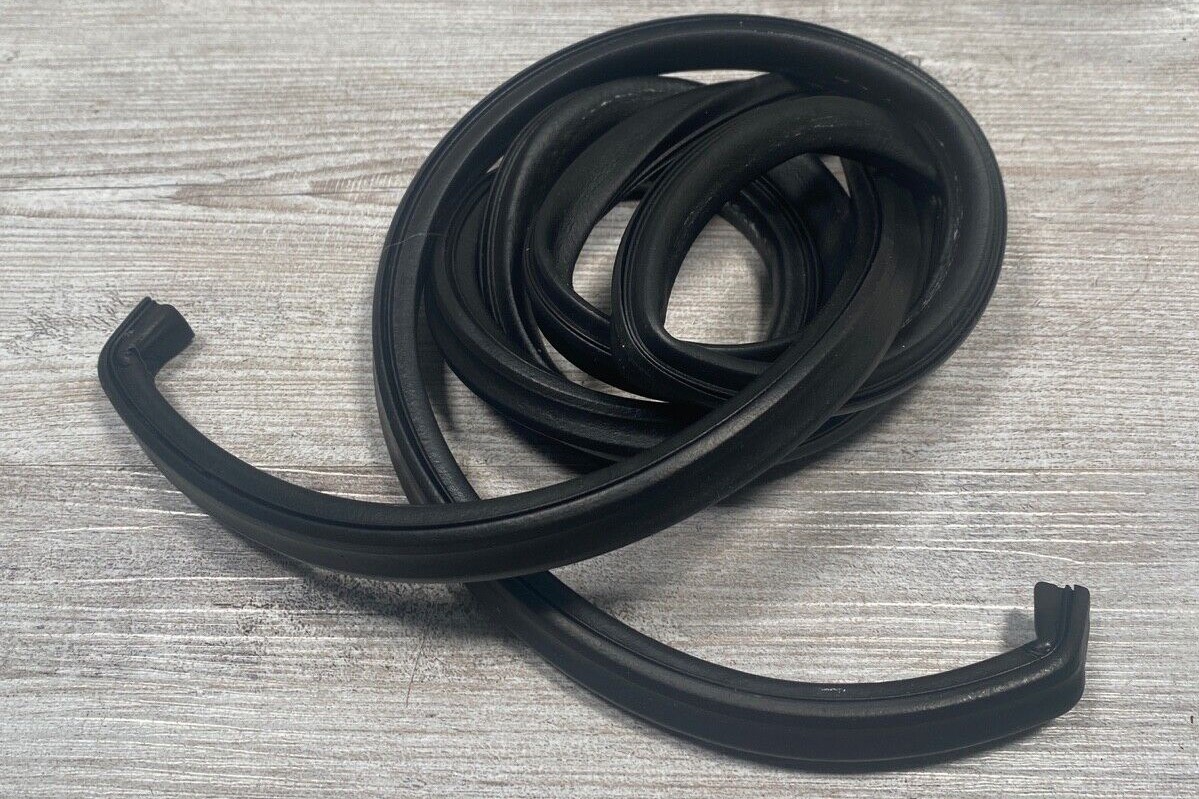
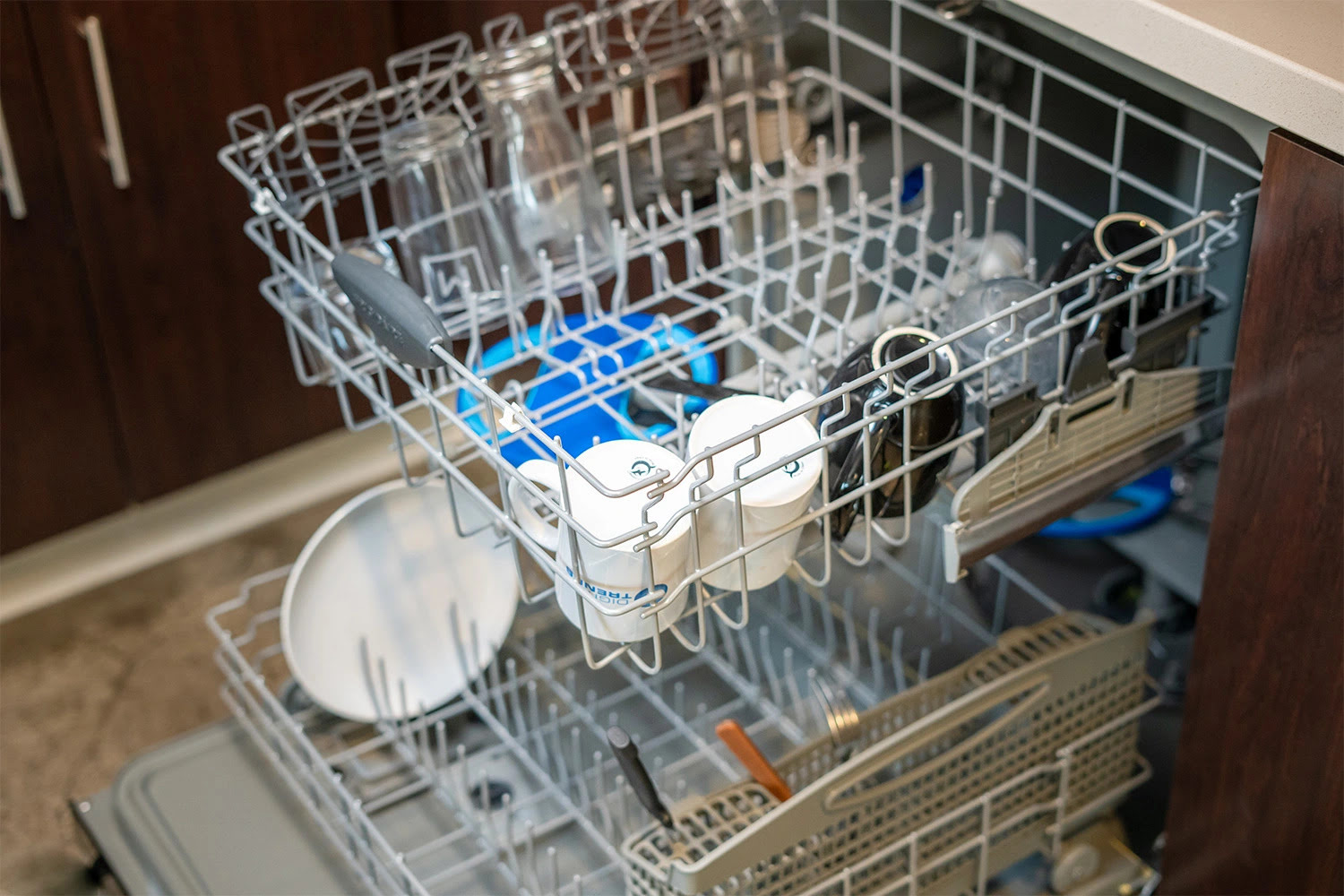
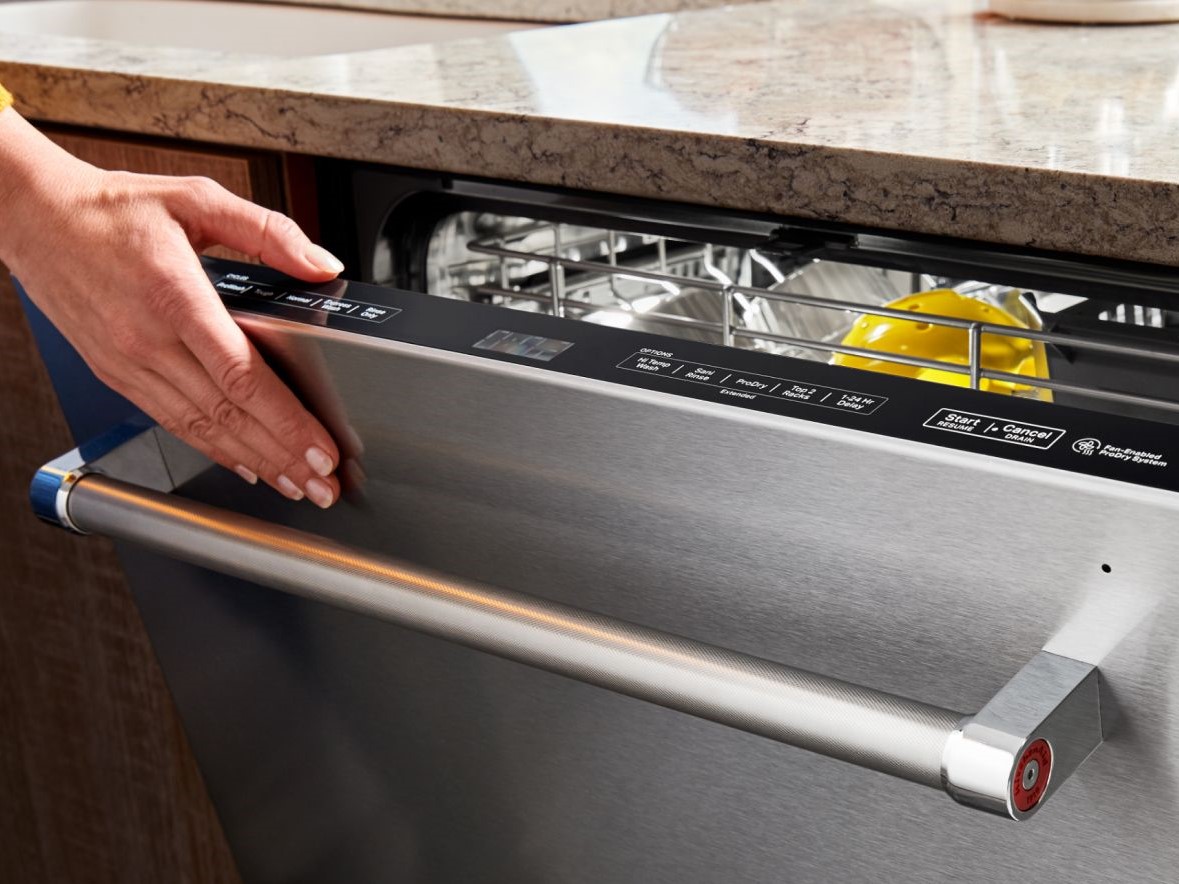
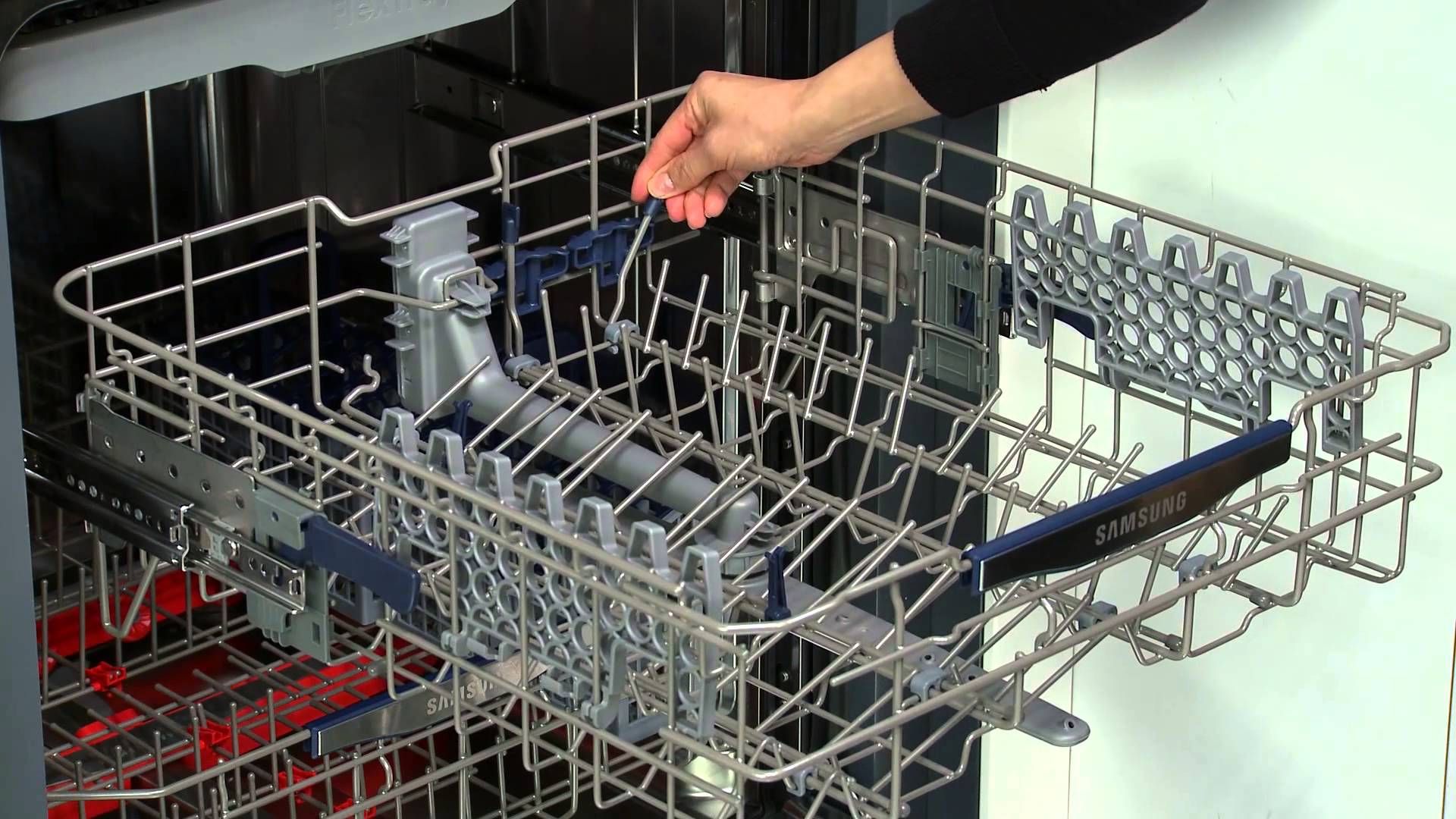
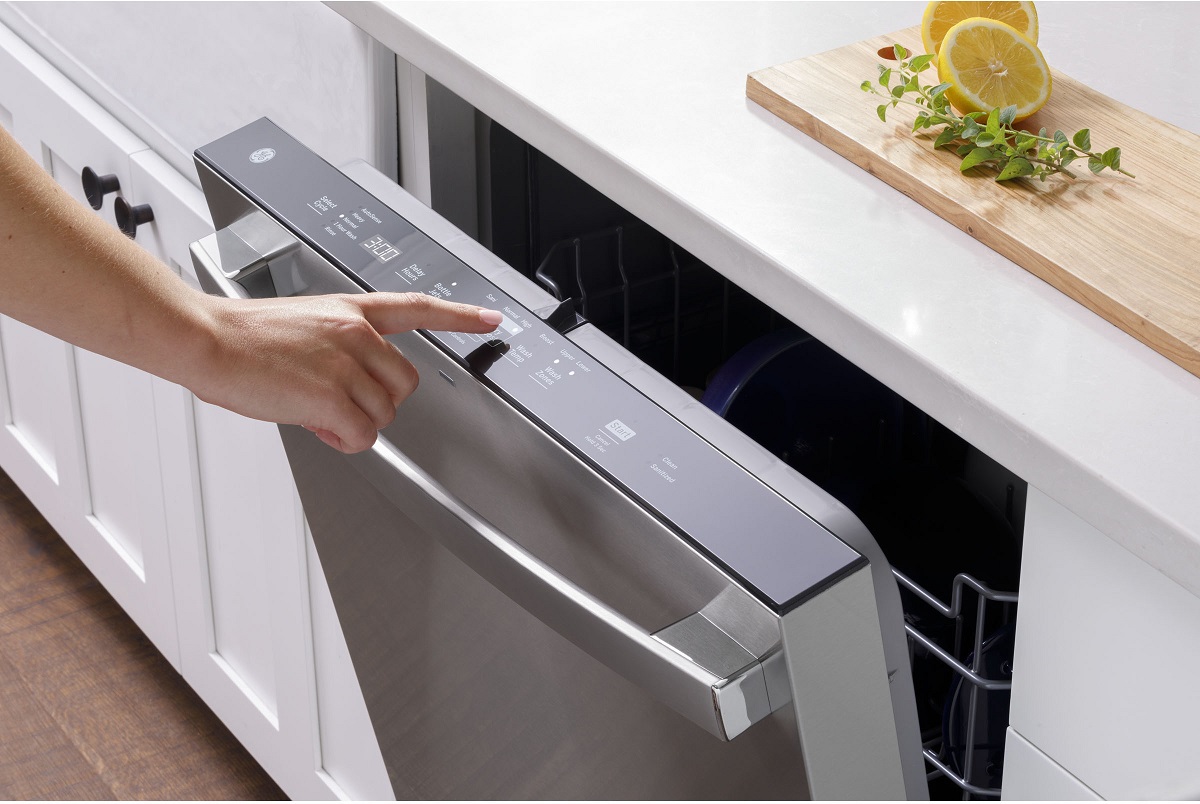
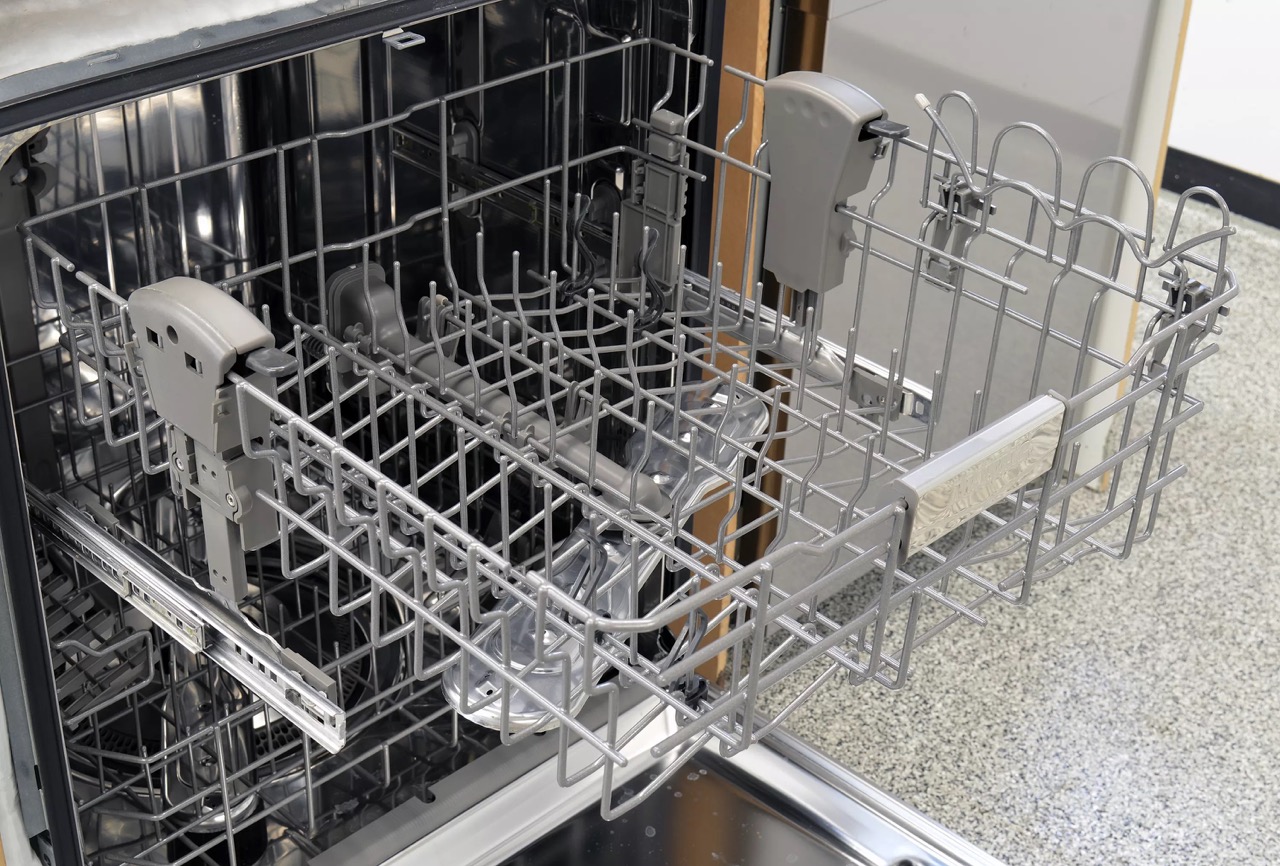
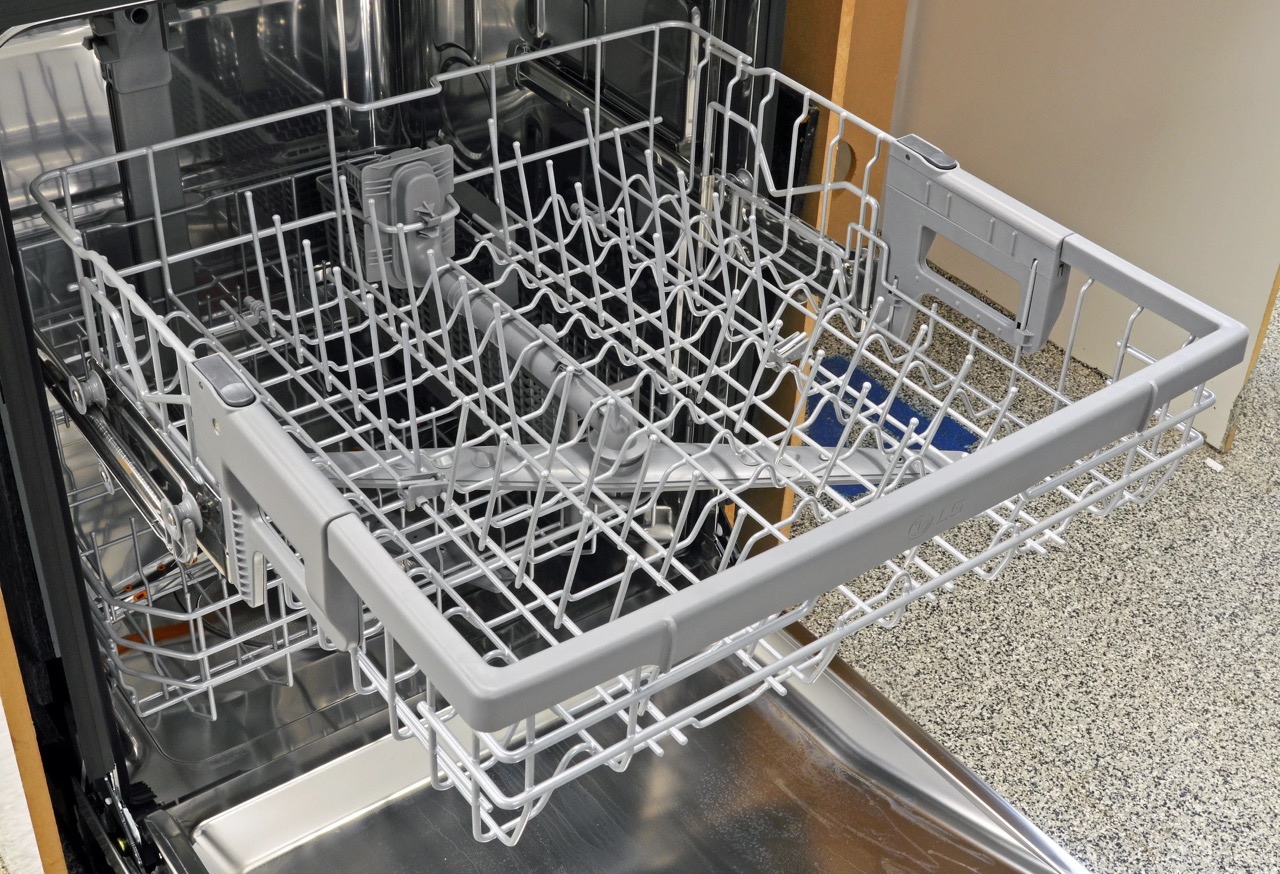
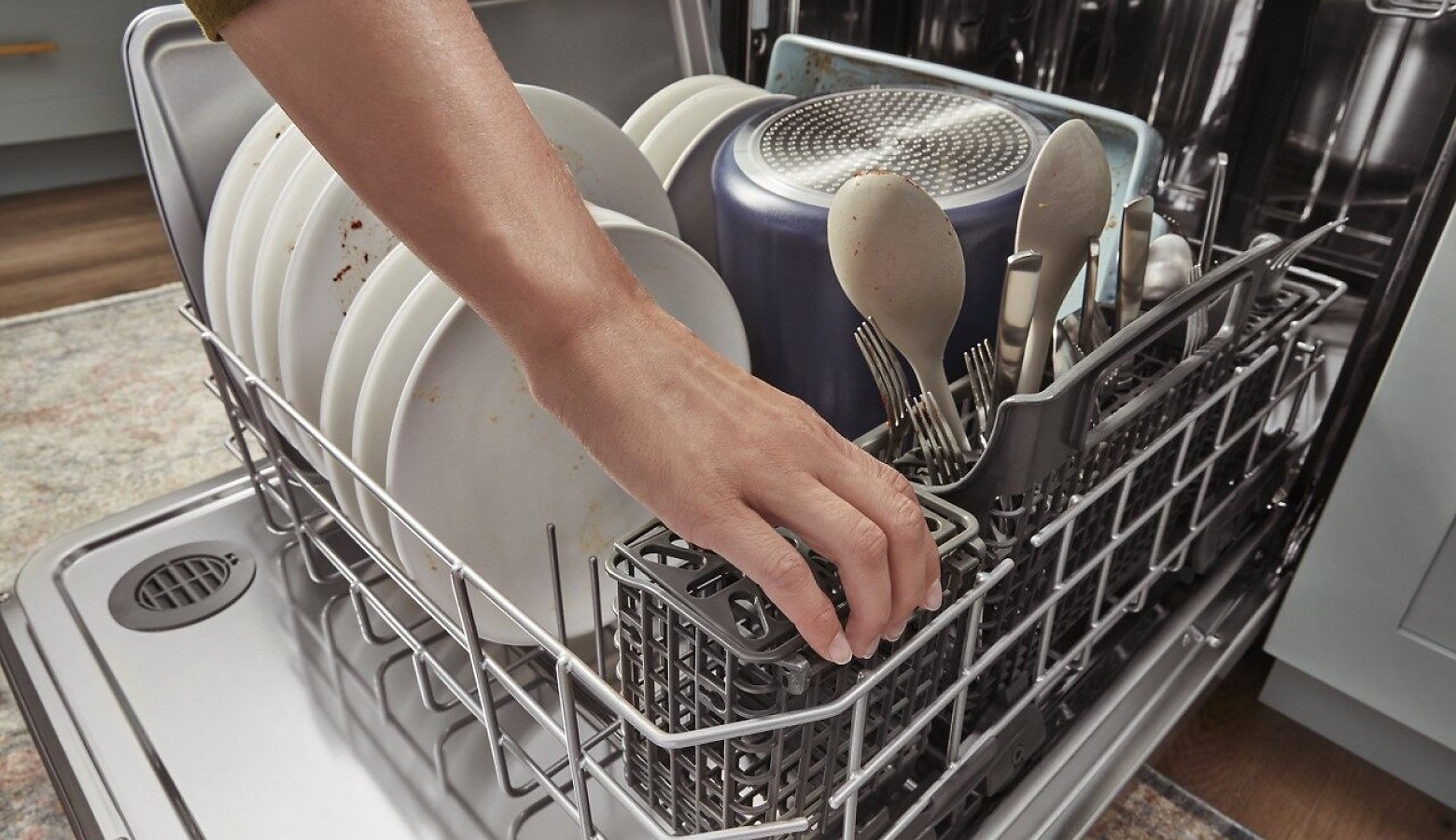
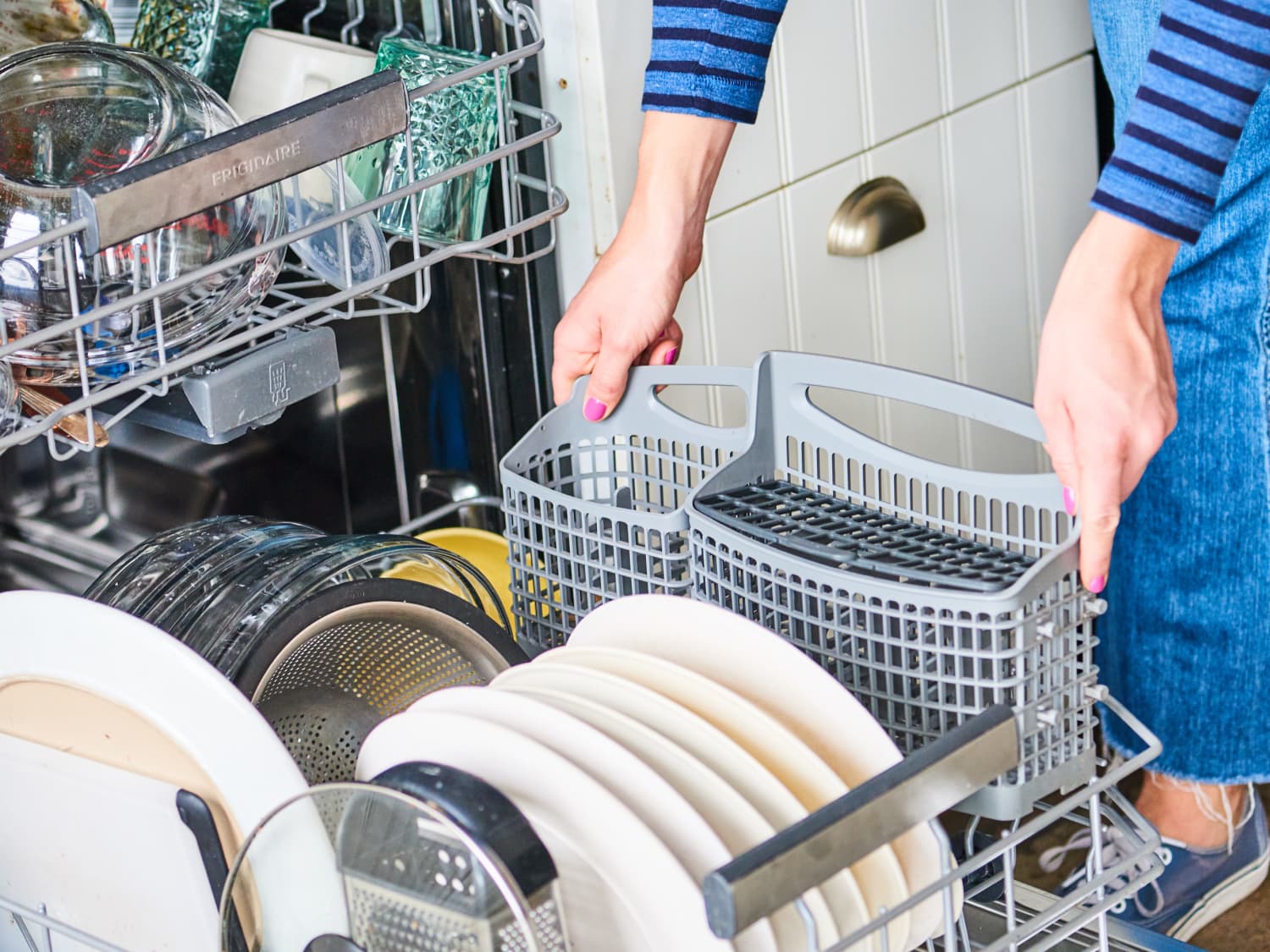

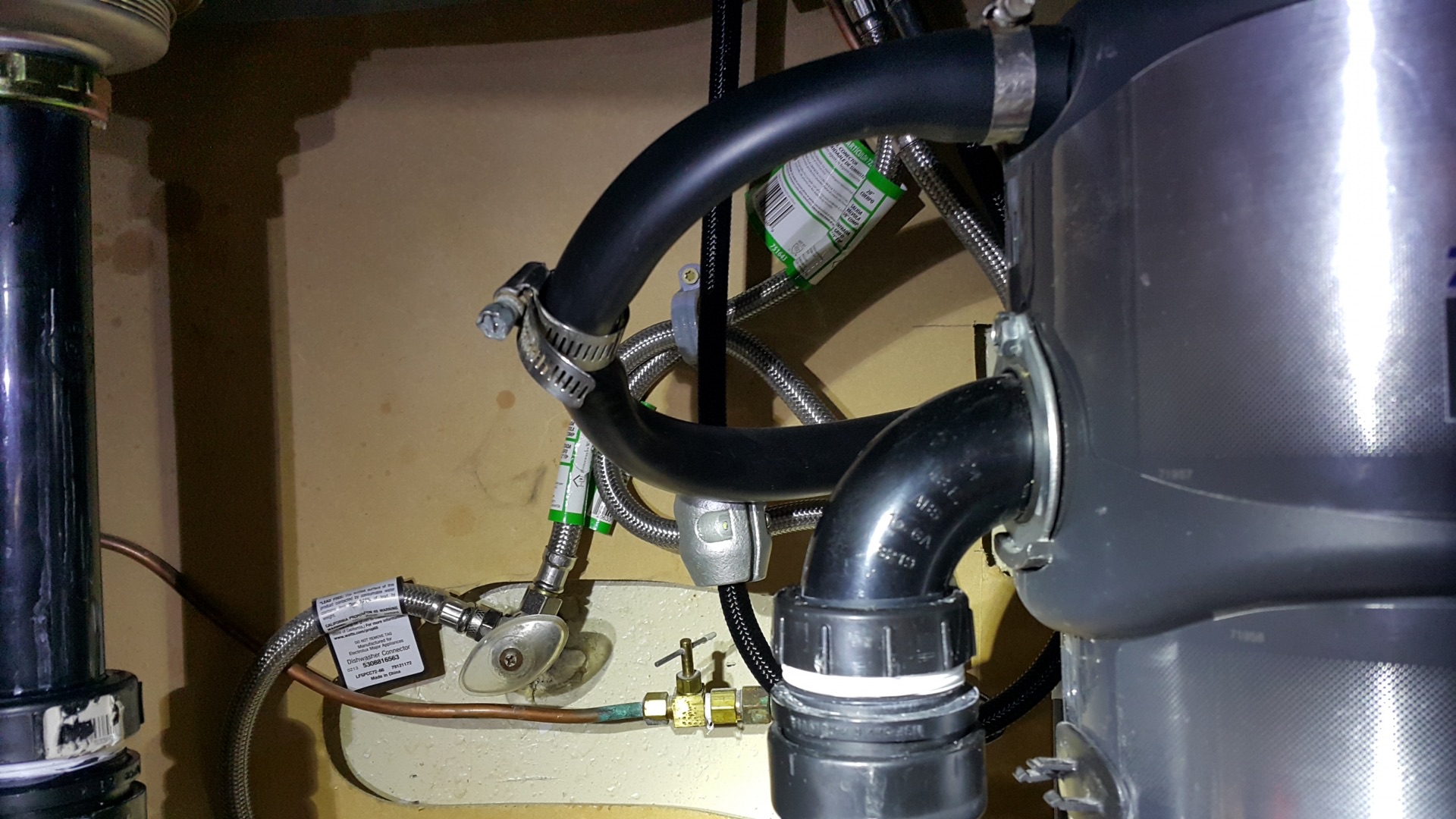

0 thoughts on “How To Install Frigidaire Dishwasher”